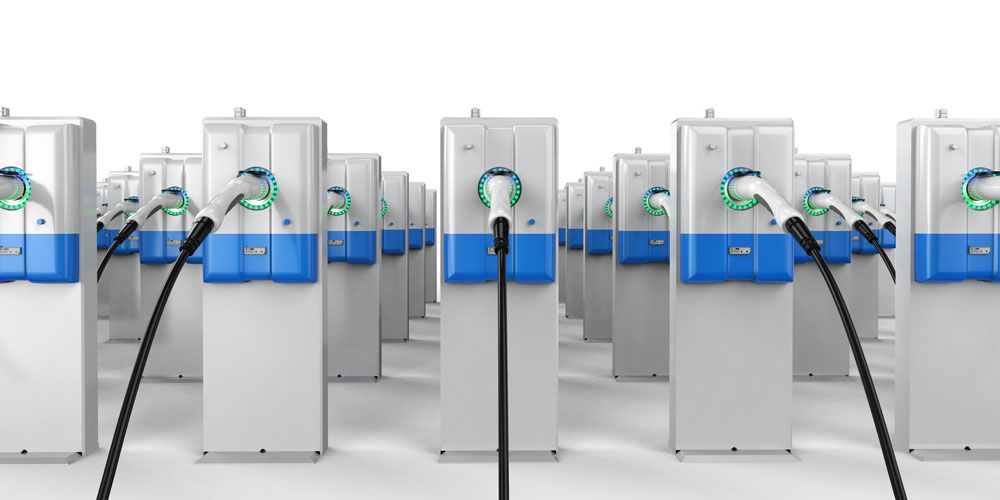Electric cars are becoming popular. With gas prices on the rise, more and more people are contemplating buying one. It’s quite logical to say that most EV owners would likely want to charge at home. An early strategy will avoid Multi-unit Residential Properties get caught between the board of directors of HOA (Home Owners Association), and tenants/owners demanding services for their new EV.
A fact of the new EV trend is that most EV Drivers will charge at home because it is where the car is parked for a long period of time.
An investment in Electric Vehicle chargers at the property to meet new EV owners' demand is not far away and will be critical to keep tenants/owners from moving out.
However, before deciding on the number of chargers or polling building occupants about their purchasing intentions, an assessment of the building's power capacity is a must. Whether you hire a licensed Electrical Contractor or a Professional Engineer; your starting point is to determine how much capacity is available for EV charging at your building.
Capacity Assessment and Planning
According to Neil Spence of McGregor Allsop Ltd. the assessment should include requesting the utility to provide information on any limitations on the main service to the building. Having 4k Ampere main breaker does not mean that the utility has a feeder that will deliver that much current or that it is always available.
After confirmation of the feeder capacity, step two is to review the last 24 months' utility bills. Plot the consumption to find the maximum (peak) demand during the year. This will allow you to find the difference between the total capacity available and the peak demand. The difference is the available capacity in KW.
Divide that capacity by 7 (a typical 208 Vols 30 Amp EV Level II Charger consumes 6.2KW) to get an approximation of the number of chargers that you can connect.
Capacity Enablement
The next step would be to assess your main switchboard space for additional breakers. Most buildings would have an incoming service at 480 Volts (in Canada 600 volts) and engineers leave spare capacity and space for future breaker additions.
Once you do the computation you may realize that the existing available capacity is not enough for the estimated number of chargers needed. This is where Demand Management comes to play. There are different types of demand management systems also known as EV Energy Management Systems which are used to protect the existing infrastructure from overloads and to avoid excessive demand charges.
Maximizing the number of EV Chargers installed on the existing infrastructure with demand management has many benefits. You can deploy between three to four times more extra EV chargers than you would without it. This would ultimately satisfy more EV drivers as a good EV EMS will allow enough charge for the commute the next day.


